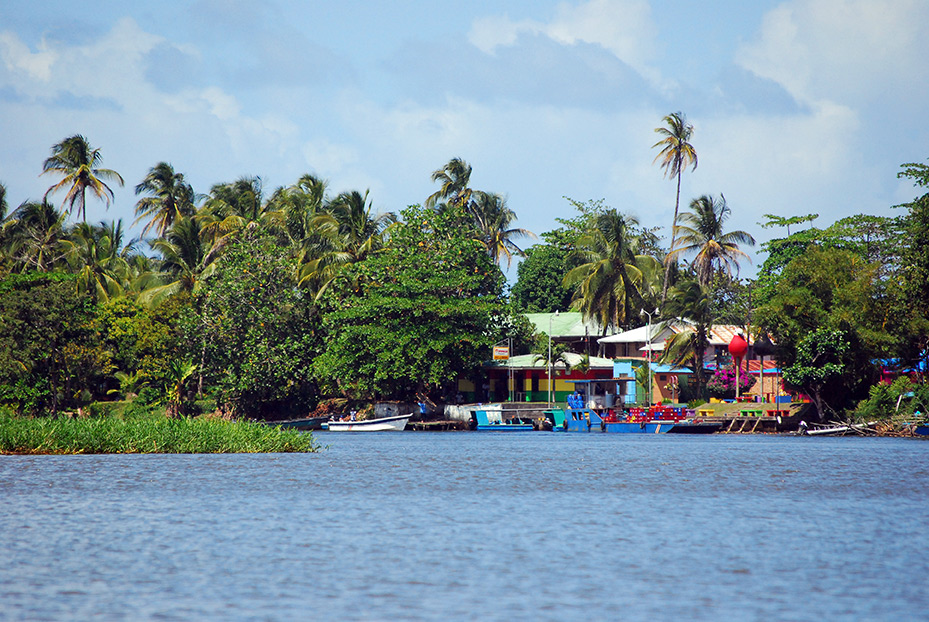
By Brittney Bush Bollay, Seattle Group Chair
The mainstream environmental movement has an uncomfortable history regarding race and equity. While Sierra Club and other organizations are actively working to improve in this arena, some problematic narratives still exist. One of these is the claim that drastic population-reduction measures are necessary to reach our climate goals, an idea that recently resurged in the Seattle narrative when a new City Council member hired a staffer with a history of espousing these views.
We as environmentalists must flatly reject this theory. It is both factually incorrect and deeply racist.
Human life does, without question, require resources to maintain. We must eat food, we must have shelter, and we must move from place to place. However, neither the consumption of these resources nor the impact of this consumption is evenly distributed. In fact, the world’s richest half-billion people - a mere 6.5% of the population - are responsible for fifty percent of the world’s carbon dioxide emissions. The modern affluent lifestyle, with its car dependency, air travel, fast fashion, and oversized homes, has an outsized impact on our planet’s health.
Meanwhile, the communities that do the least damage to our climate, most of whom live in or originate from the global south, bear the brunt of the impact of the climate crisis. Subsistence farmers struggle to adapt to drought and rising temperatures. Extreme weather batters and displaces poor communities in low-quality dwellings. Outdoor laborers choke in dirty air. Many of these same people also face family planning challenges due to political oppression, poverty, or lack of education. To blame them for their own suffering is not only cruel, but often racist and misogynist.
In fact, the very roots of the modern population control movement are racist. Commonly traced back to the 1968 book “The Population Bomb,” which opens its fear-mongering with a sensationalized account of traveling through Delhi, India. During a taxi ride, author Paul Erlich describes “People visiting, arguing and screaming. People thrusting their hands through the taxi window begging… Since that night I’ve known the feel of overpopulation.” What Erlich fails to mention, however, is that, while Delhi’s population was just shy of three million, both New York and Paris housed about eight million at the time. Erlich’s emphasis on an Indian city as the exemplification of overpopulation was part of a large and continuing pattern of focusing blame on the global south and the mostly non-white people who live there by affluent Western Europeans and Americans.
Sierra Club must reckon with its own role in this history. Our complicity is inescapable: the Club was heavily involved in the initial publishing of Erlich’s book, and for many years supported its ideas. As recently as 2004, xenophobic factions attempted to enact an anti-immigration agenda by trotting out the overpopulation bogeyman. Above all, we must understand that employing this type of rhetoric often leads to tragic consequences.
Today’s Sierra Club embraces immigration: we oppose the border wall and family separation and support citizenship for undocumented immigrants. But we must remain vigilant about the less explicit ways we reinforce racist and harmful narratives about our environment and our world at large. As white nationalism increases in volume and visibility, as ideologues in America and abroad seek to curtail reproductive freedoms, as climate catastrophes send millions of black and brown people in desperate search of safety and hope, our climate work must commit unequivocally to unity and solidarity. After all, we’re all on this planet together.